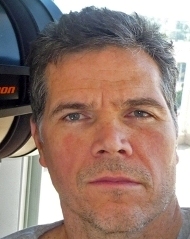Experience
- Details
- Category: Experience
My "least immersive" experience working professionally with government was as a young engineer designing highways for Florida DOT. Obeying their standards without having a direct relationship with the staff.
Since 1995, my relationships with Government have been built around process improvement, whether it has been software/standards automation or staff training and training development. Even at CalTrans, where my job was production, I was continually working with staff and leadership to streamline their processes.
I worked for HNTB for two years as an InRoads Highway Designer. FDOT was our primary client.
I spent five years consulting to the City of San Diego. Initially I was an independent contractor with San Diego Data Processing Corp (SDDPC) leading their InSewer (InRoads Sanitary) product implementation, training development and staff training. Ultimately, I was a Principle Engineering Analyst for SDDPC, managing Engineering Services Contracts for the City (MicroStation, InRoads, InSewer, InFlow and other products).
I was Technical Lead for OkDOT's migration from MicroStation/J to v8 and InRoads. Bohannan-Huston Inc. (BHI) owned the contract and Brad Adams managed it. I was given wide lattitude in how I worked with the client and staff, how and when we met, staff education, consensual decisions, and implementation of newly-decided standards.
While most of the on-site was in Oklahoma City, I led a consulting team from multiple states and worked with staff from multiple OkDOT regional offices. I started a website to facilitate collaboration between BHI staff. It grew into an education and collaboration core that erased the geographic distance among participants.
Another great project where I worked with Bohannan-Huston, Inc. (BHI) and Brad Adams. BHI had a contract to migrate CDOT from AutoDesk to Bentley. I was technical lead, developing the standards implementation. Later, I wrote their initial InRoads Storm&Sanitary Training Manual.
In my Civil XLr8 days, I bid for and won a contract to deliver InRoads Training to UDOT's Roadway Engineers and their Bridge Group, using my standard training material as well as custom content for the Bridge engineers.
The four classes I taught stand out as some of the most enjoyable in my career. Great people and testament to the ability to have a great time while staying very productive (my favorite way to work).
{slider="CalTrans"}
I worked directly embedded with CalTrans for 18 months as part of their Staff Augmentation Program (through CH2MHill). I worked in a construction trailer for a year as part of their Phased Construction (equivalent to Design-Build) for I-15 HOV Widening. I worked primarily on a highly-constrained and ever-changing Direct Access Ramp geometric and drainage design.
My last six months at CalTrans was in the new District 11 Headquarters doing interchange widening studies for I-5 (geometric and drainage design).
My engineering work at Kimley-Horn was for CalTrans. While at Bentley, I taught StormCAD at District 1 (Eureka) and Headquarters (Sacramento).
Virginia DOT was an early adopter of OpenRoads Drainage ("Subsurface Utilities"). As one of Bentley's top experts and co-creator of training material, I worked with VDOT Drainage HQ staff to identify gaps between their needs and Bentley's training offerings. I authored new courses and taught classes at their headquarters and throughout the state. I worked with their Drainage Managers to ensure their comfort not only with the software but with Quality Assurance tools and techniques. They wanted to be sure that the additional power (complexity) of the software did not lead to errors.
In 2018, I spent a week at a number of DOTs working with their Hydraulic Leads to help define their implementations of OpenRoads Drainage.
- Details
- Category: Experience
Civil XLr8 (the Connect Edition)
As much as I was enjoying banging on Civil3D (and its Hydraulic extensions), it was clear that I was never going to be truly bi-lingual. I'm happy to have had a deep dive back in the other half of the duopoly, but Bentley solutions is my home. It was time to resurrect Civil XLr8.
I've been doing a lot of workspace development (particulary Survey, Sheet Seed development, Annotation - filling in subscopes I had neglected), some training, and business development (see CivilXLr8.com).
My primary focus in the Bentley Ecosystem is helping organizations grow by adopting better practices and broadening internal and peripheral integration with the tools they already own. The greater efficiency and expanded services footprint = succe$$.
Parsons Corporation (2021-2023)
In November 2021, I accepted a position at Parsons Corporation as a Supervising Drainage Engineer. My goal was to get back into industry that had changed so much in the thirteen years I had been watching a remote vantage point at Bentley (involved, but not embedded).
Parsons is known for their expertise in Multi-Discipline Live-Collaboration MegaProjects.
I worked on these MegaProjects
- US-183 North Mobility Project, Austin TX: ProjectWise-Managed Roadway&Drainage Rehabilitation. I worked Drainage using OpenRoads Drainage and Utilities software.
- Edmonton Light Rail Transit, Valley Line West, Edmonton, Alberta: Light Rail Extension through downtown Edmonton. I worked modeling existing and new Subsurface Utilities using ORD Drainage and Utilities. Note this is absolutely a subdiscipline where moving chaotically-source data to the (extended) OpenRoads Data Model (Item Types) yields huge benefits in schedule, cost and quality. Utilities is so well-suited for OpenRoads BIM and Digital Twins capability.
- JFK Airport Redevelopment, New York: Multi-discipline $19 billion project. I worked drainage modeling and design in Civil3D, SSA, AutoDesk Construction Cloud and supporting programs.
Other opportunities at Parsons included
- Leading the drainage portion of a phase of a $570M highway expansion project bid (which we one). FAST detailed modeling for estimates! (It seems that the Construction firms are in an arms race to fully model a project so that they can get really precise estimates. This really increases the costs of bidding.)
- Using Teams to share new Best Practices for OpenRoads Drainage
Bentley Systems (2008-2021)
Prior to being recruited to join Bentley Systems in 2008, half of my career had been responsible engineering design and half had been developing training, implementing and training InRoads and InRoads Drainage (Storm&Sanitary). Half had been as an employee, half had been as a self-employed consultant.
My role at Bentley initially had been to extend our Training Content available for InRoads and then later to transform how we delivered training: to facilitate remote OnDemand Learning.
Additional major Learning System responsibilities included rolling out OpenRoads Technology, incorporating the Haestad (OpenFlows) drainage software, on-site training and consulting, and managing the Civil Content Development Team.
My current role at Bentley is Blueprints Portfolio Manager for the Design Integration Products (these include the OpenRoads, OpenPlant, OpenBuildings, STAAD/RAM product families and the MicroStation Platform). Our goal is to transform how the spectrum of value - from short job-aids through large Consulting projects - are consumed by Bentley users. Our goal is to dramatically facilitate the consumption of training and consulting - similar to how we transformed the delivery of training from Instructor-required to OnDemand self-service.
I have a Bentley page with more detail.
Please see sub-menus under Experience for discipline summaries and highlights, like
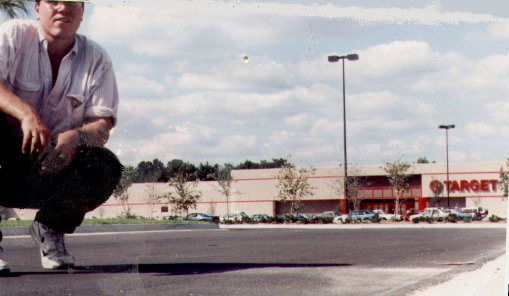
- Details
- Category: Experience
First "Solo" Project
My first job out of school was for a 3-person site engineering company, Dieter Engineering Services. My first day on the job I asked Barry, "who does our Surveying?" "We do."
Broad responsibility, long hours, good equipment and software (386s, SVGA monitors, AutoCAD and DCA Software), the smell of ammonia wafting from the blueprint room. Ink pens drying out on halfway through an overnight plot. Fedex Tubes driven to the airport a couple of times a week.
My first big job, 30 acres, 1 designer (me). full site plans, grading & drainage. dozens of store footprint changes. all the changes and their ripples were performed manually, all the way through.
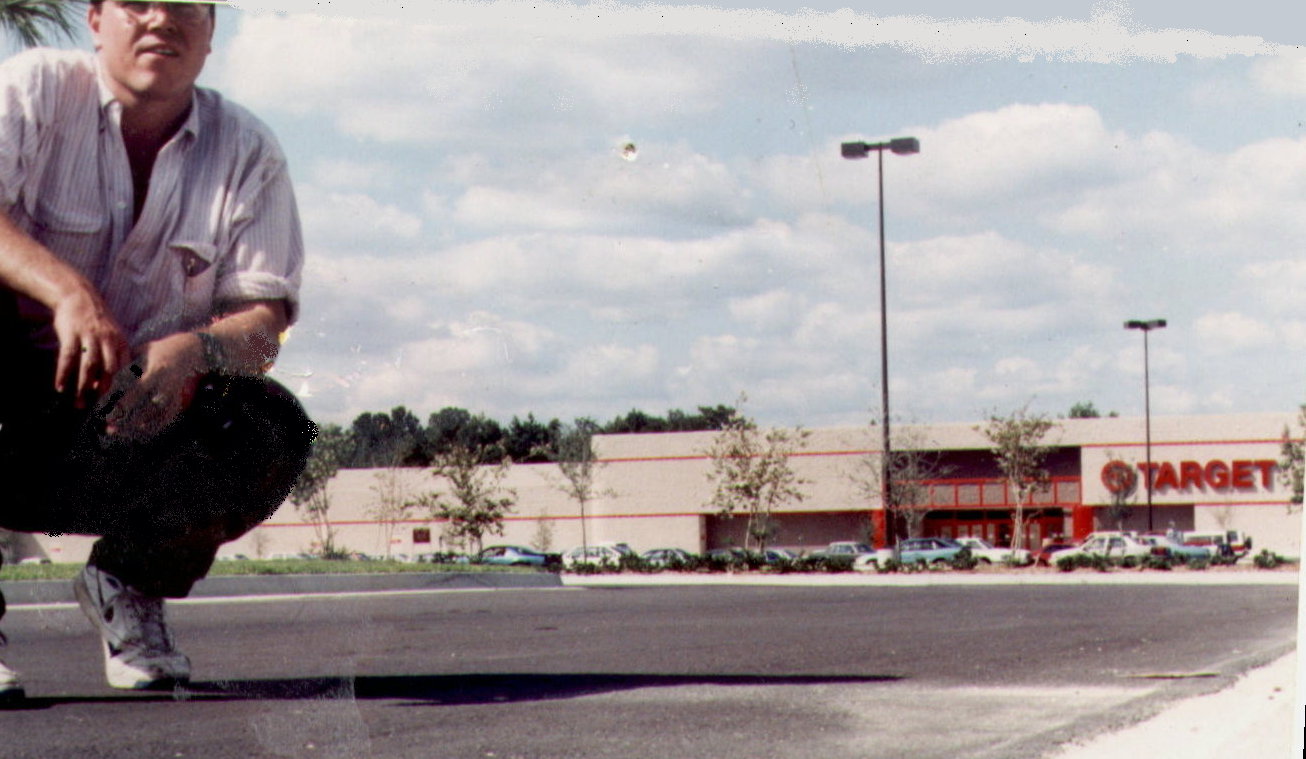 |
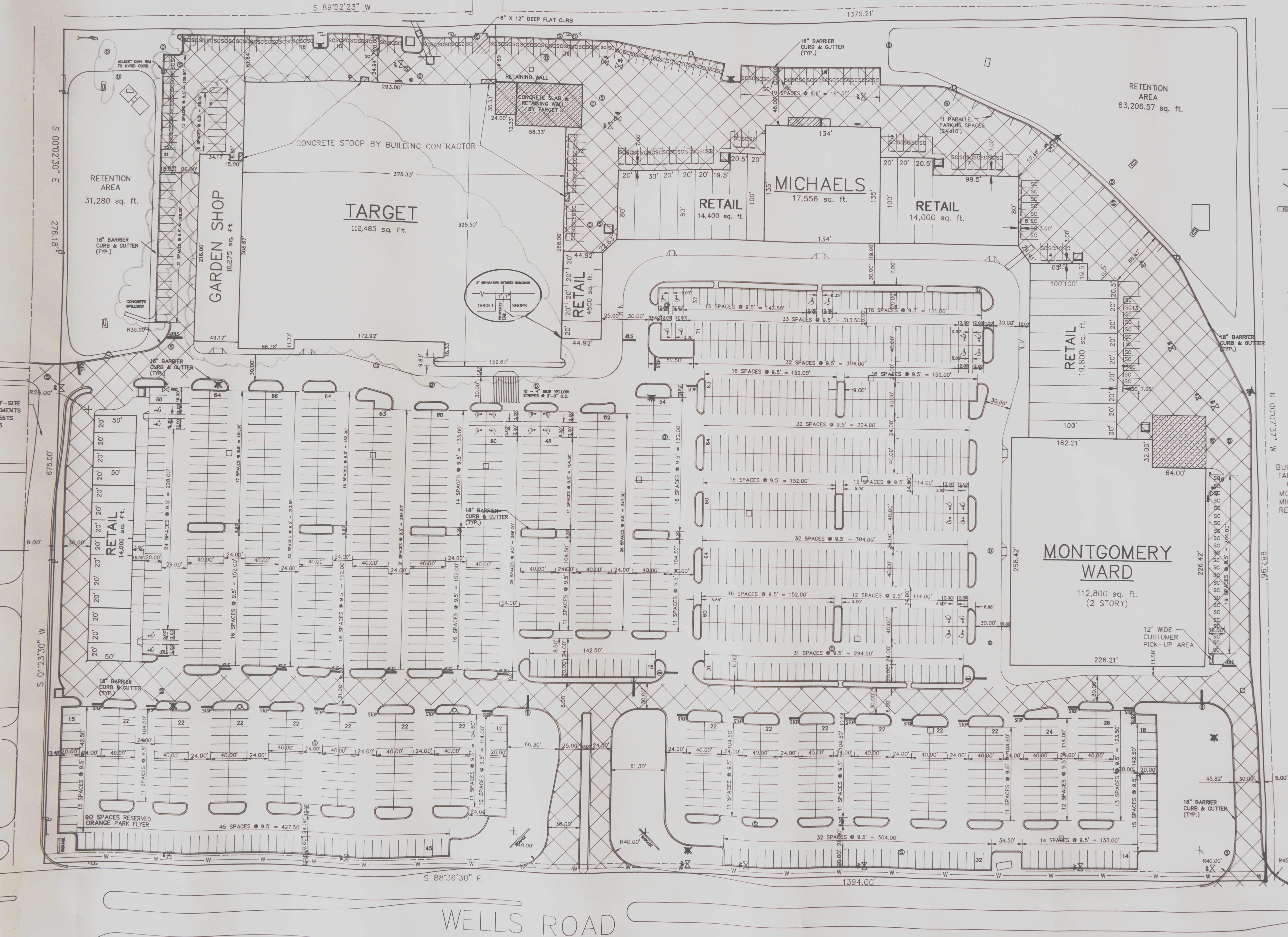 |
How fast could I do it today with new software?
Big Project Collaboration
In a small, tight group, you didn't lose a lot of productivity with handoffs or poor communications.
It wasn't until working within design teams in a multi-disciplined organization on big integrated projects that it became obvious that fast-typing was not only NOT a reliable way to increase productivity. Hurrying was, in fact, a reliable way to reduce quality. Improving the system speed saved a lot more time than clicking faster. Better tools, better handoffs: better systems.
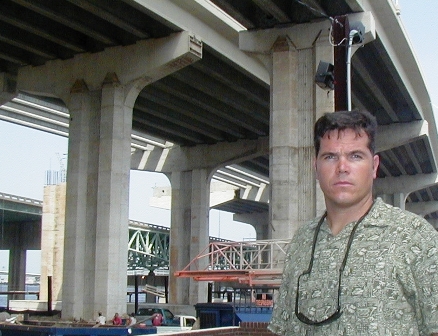

- Details
- Category: Experience
Qualifications for Supporting the City of San Diego
For a video of me talking through this page: https://youtu.be/BqSWr8K3jyI
Pre-City #1
Site and Drainage Engineering. AutoDesk & DCA Civil Engineering Software. Leitz Sokkia SDR2. 1989-1992.
First "Solo" Project
My first job out of school was for a 3-person site engineering company, Dieter Engineering Services. My first day on the job I asked Barry, "who does our Surveying?" "We do."
Broad responsibility, long hours, good equipment and software (386s, SVGA monitors, AutoCAD and DCA Software), the smell of ammonia wafting from the blueprint room. Ink pens drying out on halfway through an overnight plot. Fedex Tubes driven to the airport a couple of times a week.
My first big job, 30 acres, 1 designer (me). full site plans, grading & drainage. dozens of store footprint changes. all the changes and their ripples were performed manually, all the way through.
 |
 |
How fast could I do it today with new software?
Intergraph!
1992-1993
InRoads InSewer InFlow - Water Resource Engineering Certification and Support Lead.
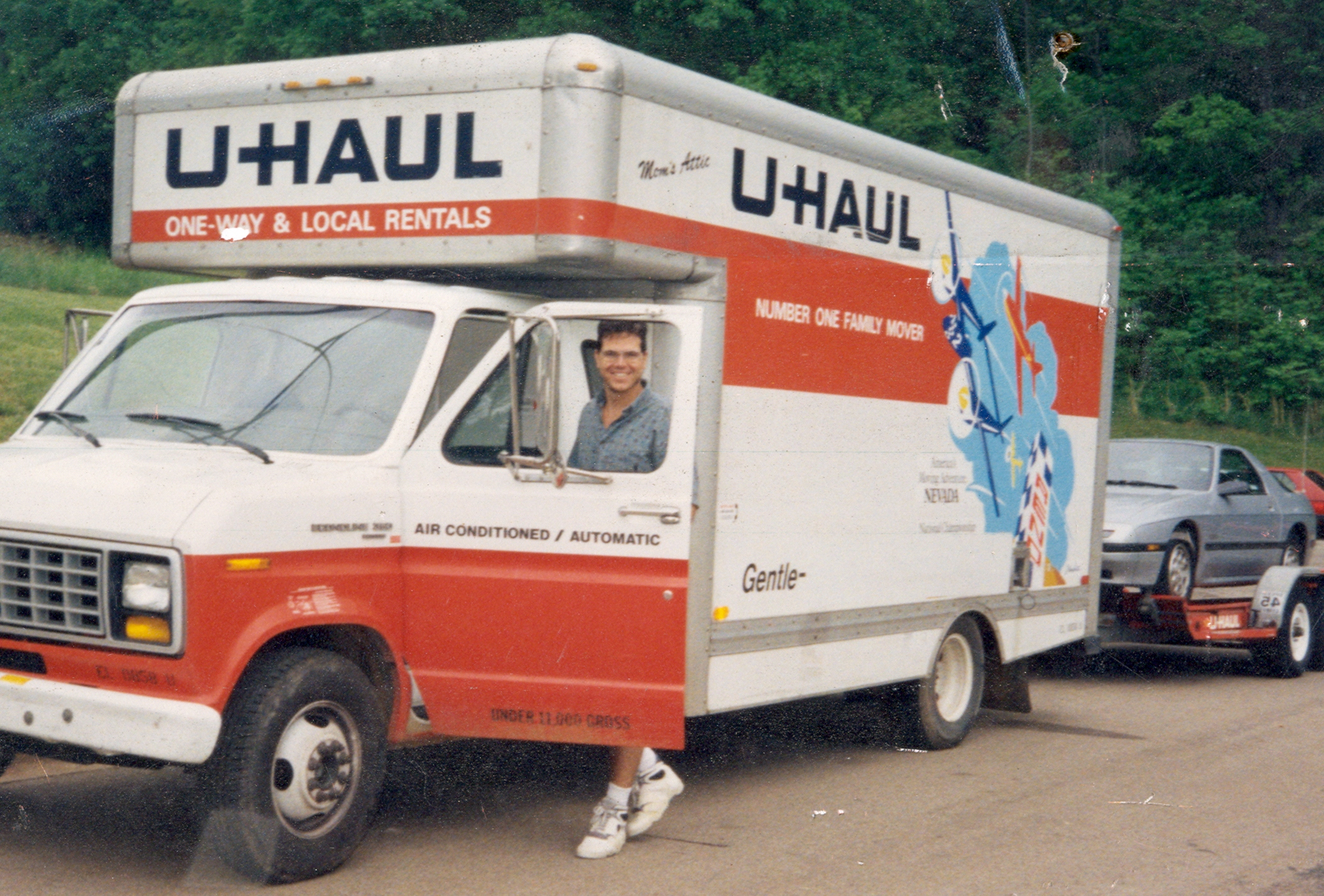
Big Projects = Collaboration & Quality
HNTB 1993-1995
In a small, tight group, you didn't lose a lot of productivity with handoffs or poor communications.
It wasn't until working within design teams in a multi-disciplined organization on big integrated projects that it became obvious that fast-typing was not only NOT a reliable way to increase productivity. Hurrying was, in fact, a reliable way to reduce quality. Improving the system speed saved a lot more time than clicking faster. Better tools, better handoffs: better systems.

City #1
1995-2000
1995 - City of San Diego - Engineering Applications
Subcategories
Skills
Detailed lists of my skills, including running a consulting company, organizational leadership, and, of course, engineering.
Employers
A list of places from which I drew a salary (or where I was CEO or Sole Proprietor)
Clients
A list of contracted employment - direct or as a subcontractor.
Thank You!
Thank you to some of my favorite mentors, bosses, and clients.
